Around 11% of errors reported to PDL are patient identification errors. While not the main source of dispensing error, it’s still significant – and has grown substantially in recent years.
Patient identification is seemingly straightforward. So why does it often go so wrong?
At the Medication Safety and Efficiency Conference held in Sydney from 2–3 April, experts including Jess Hadley, community pharmacist and Professional Officer at PDL, and Peter Guthrey, Senior Pharmacist – Strategic Policy at PSA, highlighted how routine scenarios often mask high-risk situations and shared practical strategies to address them.
What does ‘patient identification’ mean?
The Australian Commission on Quality and Safety in Health Care defines patient identification as matching the right patient to the right treatment, procedure and therapy, Ms Hadley said.
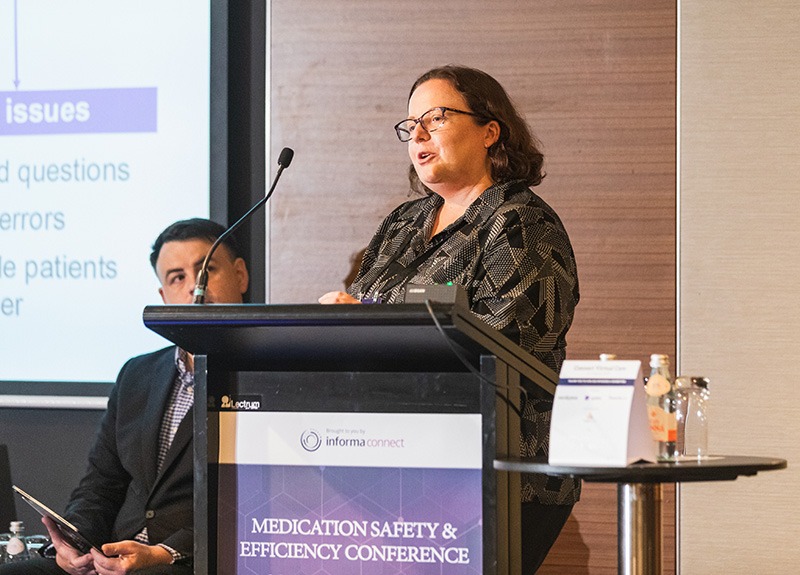
‘In incidents reported to PDL, it’s usually the direct supply where that might go wrong,’ she told the conference. ‘But we’re seeing more and more that it can also be in the documentation.’
That means matching patients with the right record and documentation when care, medication, therapy and other services are provided; and when clinical handover, transfer or discharge documentation is generated.
Patients are predominantly identified in dispensing systems through their:
- name
- Medicare number
- Individual Healthcare Identifiers (IHI)
- photo ID
- date of birth
- sex.
‘Some of these rely on the information being up to date,’ Ms Hadley said. ‘We see photos that are really outdated, and addresses and phone numbers change – so it’s key to make sure those records are accurate.’
Why does the identification process often fail?
A review of 150 incidents reported to PDL revealed a common issue: the wrong medicine supplied to the wrong patient.
‘That medication was often taken by the patient, potentially even before they paid for it or after they jumped in their car,’ Ms Hadley said.
Communication breakdowns, such as language barriers, patient overfamiliarity, or closed questions, are common culprits. But system and workflow issues also play a major role, Mr Guthrey said.
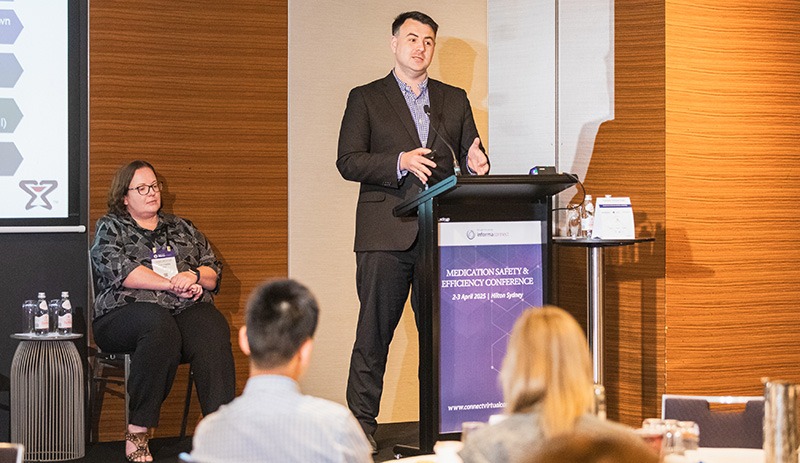
Pharmacists today might serve 100–150 patients over an 8-hour shift. And scripts come via many channels, including by email or scanned tokens.
‘A patient may come to the counter and ask that we access their prescriptions through an active scripts list, or they might get us to scan an electronic token from their phone,’ he said.
‘People [also] send electronic tokens to us or prescriptions through third-party apps such as MedAdvisor, which will put this into a digital queue in the pharmacy.’
Pharmacies may also provide medicines to a health facility, such as a residential aged care facility, or send medication to a depot location for supply – including compounded medicines to the patient’s primary pharmacy.
And this is only the patient identification workflows for dispensing prescriptions. There are also other aspects of clinical care – such as administration of medicines, including vaccines and staged supply pharmacotherapy.
‘Sometimes, you actually need to [ask for three identifiers] multiple times,’ Mr Guthrey said. ‘And because we’ve gone from having a physical prescription, which contains those identifiers, to different things coming in different ways – we need to be more alert to identification challenges.’
What are the consequences?
Often hospitalisations, and in a small number of cases, death. Several cases reported to PDL involved dose administration aids (DAAs) given to the wrong patient, resulting in multiple incidents of medicine misadventure.
‘If it gets into the wrong hands, it’s not just 15 medicines that a person could take that aren’t theirs. They’re also not taking their 15 medicines – so that’s potentially 30 issues,’ Ms Hadley said.
In one case, a pharmacy assistant handed the wrong DAA to a patient with the same surname.
‘The hospital actually called the pharmacy and said, “One of your DAA patients has come into the ED. They’ve got lethargy, heart palpitations and nausea. They brought in their Webster-pak, and it’s got a different patient’s name on it,”’ she said.
There have also been coronial investigations where the delivery of medicines to the wrong person have been implicated in their death.
‘In community pharmacy, you are familiar with the patients, so you might be just on a first name or casual basis. If there’s two “Freds” or “Smiths” you [can] grab the wrong one,’ Ms Hadley said.
Opioid Dependence Therapy is another high-risk area. In one case, a patient was given the wrong dose and takeaways.
‘The [patient] said, “That seemed a bit more than usual”, but often it’s diluted with water, so the pharmacist just dismissed it,’ she said.
Later that day, when the pharmacist got around to updating their records, they realised the wrong person’s dose was supplied to the patient, including the takeaways.
‘It was 130 mg supplied instead of 50 mg, which is quite significant,’ Ms Hadley said.
How do you trace a mix-up?
In a community pharmacy setting, it can be challenging to identify who collected the wrong medication.
‘We have seen cases where a patient has just been in browsing for something [such as] mascara, but they’re a regular patient and they heard a name that sounds like theirs,’ Ms Hadely said.
Not all patients collect their prescriptions immediately – they might return hours, days or even weeks later. And outdated contact details add further delays.
‘If the contact details aren’t up to date, how do you contact that patient?’ she asked. ‘We are losing precious minutes, and the risk of the patient taking this medication is increasing.’
This is one of the reasons a current phone number is a valuable identifier when taking in and handing out prescriptions.
How can process issues be addressed?
The latest edition of the Professional Practice Standards, launched in 2023, for the first time stated that pharmacists must ‘confirm the person’s identity in accordance with legislative, organisational and professional requirements (e.g. using at least three approved identifiers).’
This requirement may sound straightforward, but it requires systematic adoption in all patient-care processes all the time.
PSA has also responded to this escalating issue with education, including through face-to-face workshops.
A good example of using patient identifiers in practice includes asking patients:
- Can I confirm your date of birth?
- What are the last three digits of your phone number?
‘If those two details don’t match, and it’s surprising how often they don’t, we then need to go and look at why this is the case,’ Mr Guthrey said.
This step should happen at script receipt and scripts out – but having confidence in the phone number is critical for electronic prescriptions at scripts in.
‘The point at which the [dispensing] label is produced is the point where that script then instantly gets a repeat [token] sent to the [phone] number that’s on file,’ Mr Guthrey said.
‘When it comes to cancelling the incorrect token that was sent, I suspect most professionals don’t know where to start with that. So if there’s a mismatch, I’m not [processing the token and] producing a label before I’ve had that conversation with the individual.’



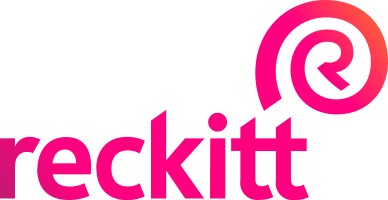 This CPD activity is supported by an unrestricted education grant by Reckitt.[/caption]
This CPD activity is supported by an unrestricted education grant by Reckitt.[/caption]

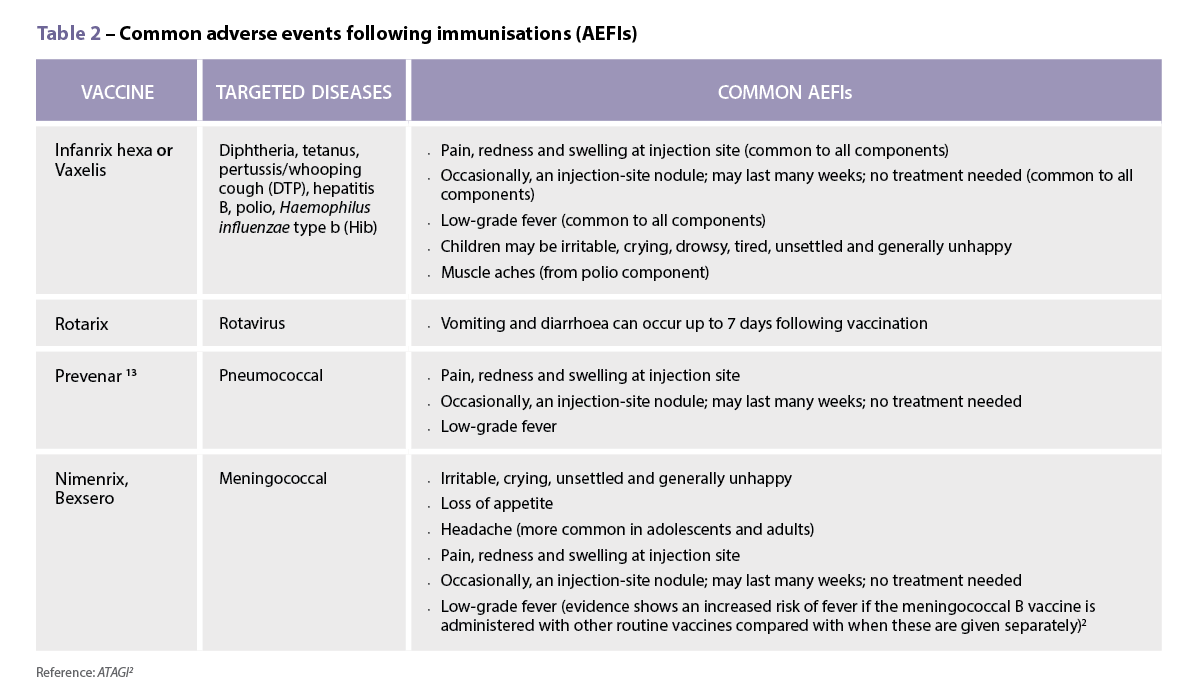

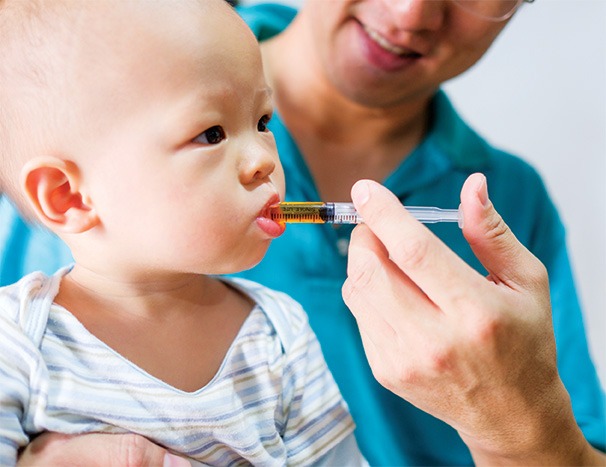



 Professor Margie Danchin[/caption]
Professor Margie Danchin[/caption]
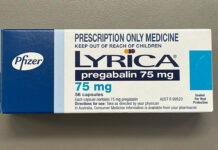
 Dr Peter Tenni[/caption]
Dr Peter Tenni[/caption]
 How should we deprescribe gabapentinoids, according to the Maudsley Deprescribing Guidelines[/caption]
How should we deprescribe gabapentinoids, according to the Maudsley Deprescribing Guidelines[/caption]







